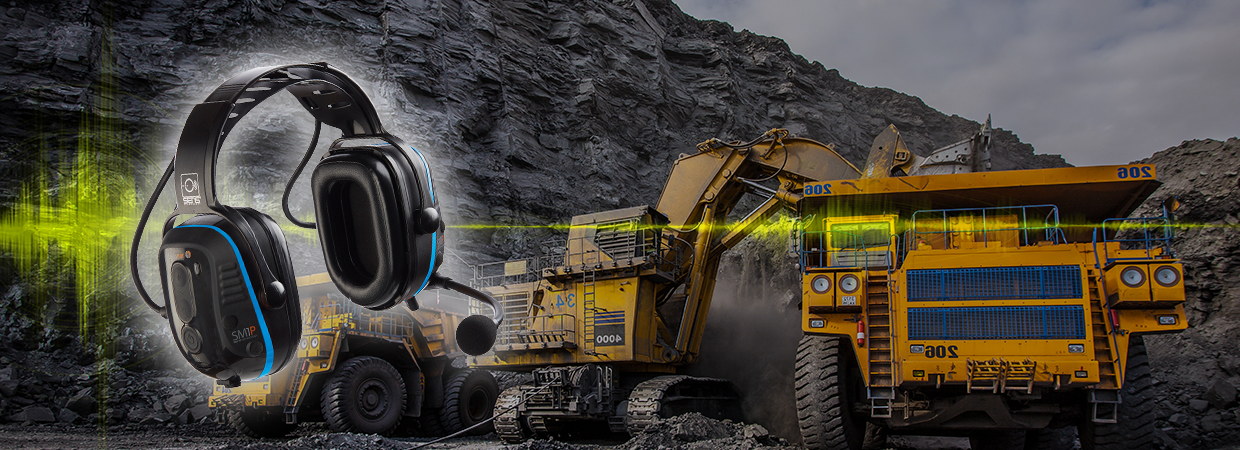- Home
- Blog
- High-Noise Workplace Safety
- The Deafening Effects of Construction Noise on Health and Well-being

The Deafening Effects of Construction Noise on Health and Well-being
Noise is an unavoidable byproduct of construction activities, and it has a broader impact than just causing hearing loss. Prolonged exposure to high noise levels can lead to stress, fatigue, and decreased productivity. Consequently, excessive noise levels can significantly affect the health and safety of workers. Therefore, we must evaluate and comprehend the noise level generated in a construction environment.
Decibel Disasters: Noise Levels in a Construction Zone
-
Hammers: Despite their compact size, hammers generate noise levels ranging from 87-95 dB(A).
-
Bulldozers: Bulldozers play a crucial role in pushing, grading, and leveling terrains, resulting in engine noise that can reach up to 93-96 dB(A).
-
Concrete Joint Cutter: These machines combine sand, gravel, water, and cement, resulting in noise levels ranging from 99-102 dB(A).
-
Jackhammers: Operators working near jackhammers must prioritize ear protection, as these machines produce noise levels ranging from 102-111 dB(A).
-
Cranes: Noise levels produced by cranes can range from 90-96 dB (A).
Because of the noise emitted by these machines, it becomes essential to comprehend the impact of construction noise on the health and well-being of workers.
How Construction Noise Affects Workers
-
Hearing Loss: Prolonged exposure to high levels of construction noise can lead to irreversible hearing damage, tinnitus, etc. Construction workers, who are often exposed to loud machinery and tools, are particularly at risk as the noise levels are above OSHA's exposure limit.
-
Sleep Disturbance: Construction noise can disrupt sleep patterns, leading to sleep deprivation and its associated health issues. Sleep is crucial for physical and mental well-being, and chronic sleep disturbances can result in fatigue, decreased cognitive function, and an increased risk of accidents.
-
Stress and Mental Health: Construction noise can induce chronic stress, leading to various mental health problems such as anxiety, irritability, and reduced concentration. Continuous exposure to loud noise can heighten stress levels, affecting overall emotional well-being and quality of life.
-
Cardiovascular Health: Studies have shown a correlation between high levels of environmental noise, including construction noise, and an increased risk of cardiovascular diseases. The constant exposure to loud noise can elevate blood pressure, cause vasoconstriction, and contribute to heart-related problems.
-
Communication Difficulties: Excessive construction noise can hinder effective communication among workers, impacting teamwork, safety protocols, and overall productivity. Miscommunication in a construction environment can lead to errors and accidents, emphasizing the need for noise control measures.
Fortunately, there are ways to address the negative effects that construction noise can have on workers. One effective solution is the implementation of Sensear headsets, which utilize advanced noise-canceling technology to maintain safe levels of ambient noise while allowing for clear communication among workers. With these headsets, workers can protect their hearing without compromising their situational awareness, leading to improved communication, teamwork, and productivity on the construction site.
With Sensear, workers are provided with the hearing protection they deserve without sacrificing situational awareness, ensuring that workers can remain alert to their surroundings while staying protected from harmful noise. Hearing protection is more than just staying safe, it's about creating a better future.








